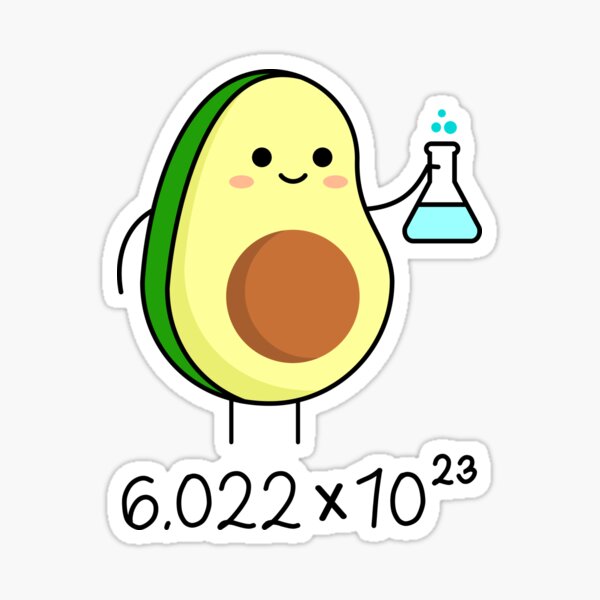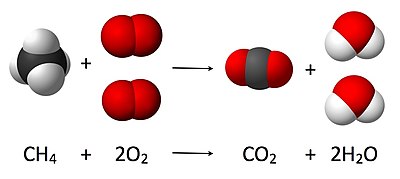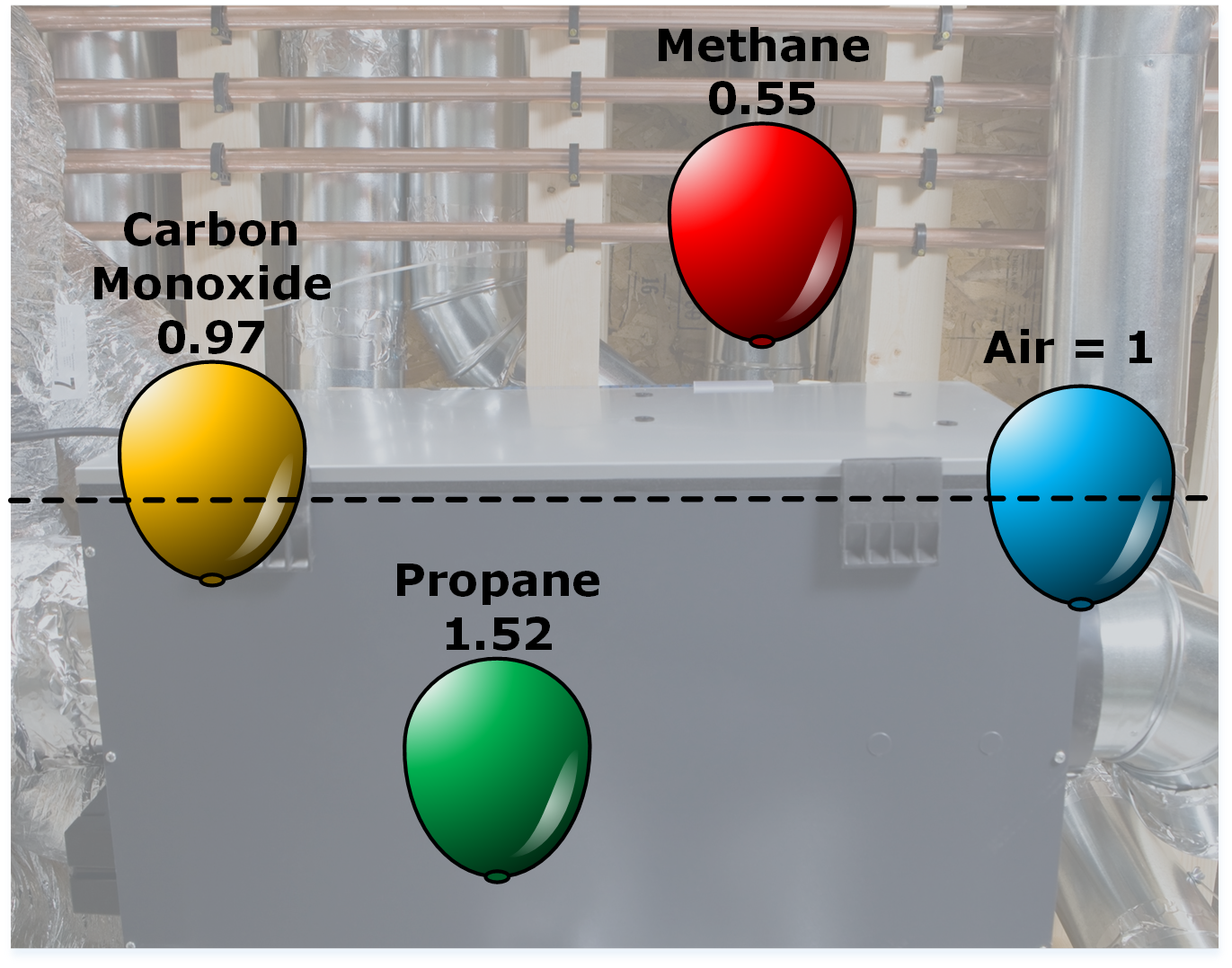Avogadro’s number is a fundamental constant in chemistry that plays a crucial role in understanding the behavior of matter at the molecular and atomic levels. It allows scientists to bridge the gap between the microscopic world of atoms and molecules to the macroscopic world that we observe and experience daily. In this article, we will explore the concept of Avogadro’s number, its significance, and its applications in various fields of study.
What is Avogadro’s Number?
Avogadro’s number, denoted by NA, represents the number of units of atoms, molecules, or ions in one mole of a substance. It is named after Amedeo Avogadro, an Italian scientist who proposed the concept of the mole in 1811. One mole of a substance is defined as the amount of that substance containing Avogadro’s number of particles.
Avogadro’s number is measured as approximately 6.022140857 × 10^23 particles per mole. The units of particles can be atoms, molecules, ions, or electrons, depending on the nature of the substance. Regardless of the substance, one mole of it always contains Avogadro’s number of particles.

What is the Mole?
To understand Avogadro’s number better, we need to grasp the concept of the mole. The mole is a unit of measurement in chemistry that allows us to measure and compare the amounts of substances on a macroscopic scale. One mole of a substance is equal to its atomic or molecular weight in grams.
For example, the atomic mass unit of hydrogen is 1.00794 amu. To determine the mass of one mole of hydrogen atoms, we multiply the atomic mass unit by Avogadro’s number:
1.00794 g/mol * 6.022140857 × 10^23 particles/mol = 1 gram
Similarly, one mole of any other substance, regardless of its molecular weight or chemical formula, will always weigh the same as its atomic or molecular weight in grams.
The mole allows chemists to relate the microscopic world of atoms and molecules to the macroscopic world of grams and moles. It is a fundamental concept in stoichiometry, which is the study of the quantitative relationships between reactants and products in chemical reactions.
Who was Avogadro?
Avogadro’s number is named after Amedeo Avogadro, an Italian scientist who lived from 1776 to 1856. Avogadro was a pioneer in the field of molecular theory and is best known for his hypothesis, now known as Avogadro’s law.
In 1811, Avogadro proposed that equal volumes of gases, at the same temperature and pressure, contain the same number of molecules. He hypothesized that gases consist of particles, whether atoms or molecules, that are in constant motion and occupy a large volume relative to their size. This hypothesis laid the groundwork for our understanding of the behavior of gases and the concept of the mole.
Despite his significant contributions to the field of chemistry, Avogadro’s work was not widely recognized during his lifetime. It was only after his death that his ideas gained traction and were fully appreciated by the scientific community.

Avogadro’s Number Formula
The formula for Avogadro’s number is:
Avogadro’s Number = 6.022140857 × 10^23 particles
One mole of a substance contains Avogadro’s number of particles. This formula allows us to calculate the number of particles in a given amount of a substance, or vice versa.
For example, if we have 2 moles of water molecules, we can calculate the number of water molecules using Avogadro’s number:
2 moles * 6.022140857 × 10^23 particles/mole = 1.2044281714 × 10^24 particles
Conversely, if we know the number of particles and want to find the number of moles, we can use the formula:
Number of Moles = Number of Particles / Avogadro’s Number
Derivation of The Formula of Avogadro’s Number
The derivation of Avogadro’s number involves understanding the relationship between the mass of a substance and the number of particles it contains.
One mole of a substance is defined as the amount of that substance containing Avogadro’s number of particles. The number of particles in one mole can be determined by measuring the mass of one mole of a substance and the average mass of each particle.
For example, let’s consider carbon-12 (12C). One mole of carbon-12 atoms weighs 12 grams. The average mass of each carbon-12 atom is approximately 12 atomic mass units (amu).
To calculate Avogadro’s number, we divide the mass of one mole of carbon-12 by the average mass of each carbon-12 atom:
12 grams / 12 amu = 1 mole = 6.022140857 × 10^23 particles
Therefore, Avogadro’s number is approximately 6.022140857 × 10^23 particles per mole.
This derivation allows us to establish a relationship between the mass of a substance and the number of particles it contains, leading to the concept of Avogadro’s number.
Applications of the Mole
The concept of the mole and Avogadro’s number has several applications in various fields of study. Some of the key applications include:
Stoichiometry
In chemistry, stoichiometry is the study of the quantitative relationships between reactants and products in chemical reactions. The mole is a fundamental concept in stoichiometry as it allows us to determine the ratios of substances involved in a reaction.
By knowing the number of moles of reactants and products, we can calculate the amount of each substance needed for a reaction, predict the amount of product that will be formed, and determine the limiting reactant.

Molar Mass Calculation
The molar mass of a substance is the mass of one mole of that substance. It is calculated by summing the atomic masses of all the atoms in a molecule or formula unit.
The molar mass allows us to convert between the mass of a substance and the number of moles. This conversion is essential for calculations in chemistry, such as determining the amount of reactants needed for a reaction or the concentration of a solution.
Gas Laws
Avogadro’s number plays a crucial role in understanding and applying gas laws, such as Boyle’s law, Charles’s law, and Gay-Lussac’s law.
These laws describe the relationships between the volume, temperature, pressure, and number of moles of a gas. Avogadro’s number allows us to relate the number of gas particles to the volume they occupy and the pressure they exert.
Atomicity of Gases
Avogadro’s number is used to determine the atomicity of gases, which refers to the number of atoms present in one molecule of the gas. For example, oxygen gas (O2) has an atomicity of 2 because it contains two oxygen atoms in one molecule.
The concept of atomicity is important in understanding the properties and behavior of gases, especially in chemical reactions and thermodynamics.
Vapour Density
Avogadro’s number can be used to establish a relationship between the relative vapor density of a gas and its relative molecular mass.
The relative vapor density of a gas is the ratio of the mass of a given volume of the gas to the mass of an equal volume of hydrogen gas under the same conditions. The relative molecular mass of a gas is the ratio of the mass of one molecule of the gas to the mass of one atom of hydrogen.
By using Avogadro’s number, we can relate these two quantities and determine the relative molecular mass of a gas based on its relative vapor density.

Avogadro’s Number Units
Avogadro’s number is always expressed in chemistry using the unit “per mole”. It represents the number of particles per mole of a substance.
The units of particles can be atoms, molecules, ions, or electrons, depending on the nature of the substance. For example, if we have Avogadro’s number of atoms, we can say that we have one mole of atoms.
The use of Avogadro’s number in chemistry allows for precise measurements and calculations involving the number of particles in a given amount of a substance.
Importance of Avogadro’s Constant
Avogadro’s constant, or Avogadro’s number, is of great importance in the field of chemistry. It serves as a bridge between the macroscopic world of observable quantities and the microscopic world of atoms and molecules.
One of the key applications of Avogadro’s constant is in the calculation of the amount of substance in a given sample. By knowing the number of particles in one mole of a substance, chemists can determine the number of moles and the mass of a substance.
Avogadro’s constant also allows for the calculation of the molar mass of a substance. The molar mass is the mass of one mole of a substance and is expressed in grams per mole. It is used in various calculations, such as determining the amount of a substance needed for a reaction or the concentration of a solution.
Furthermore, Avogadro’s constant provides a link between other physical constants and properties in chemistry. It relates the gas constant (R) to the Boltzmann constant (kB), the Faraday constant (F) to the elementary charge (e), and the atomic mass unit (u) to the molar mass constant (Mu).
Overall, Avogadro’s constant is a fundamental constant that allows chemists to understand and quantify the behavior of matter at the atomic and molecular levels.
How Was Avogadro’s Number Determined?
The determination of Avogadro’s number involved the measurement of a single quantity on both the atomic and macroscopic scales using the same unit of measurement.
One of the methods used to determine Avogadro’s number was through the measurement of the charge on an electron. The charge per mole of electrons is a constant known as the Faraday constant (F). In 1910, American physicist Robert Millikan, with the help of Harvey Fletcher, obtained the first measurement of the charge on an electron.
By dividing the Faraday constant by the charge on a single electron, the value for Avogadro’s number can be determined. The charge on a single electron is approximately 1.60217653 x 10^-19 coulombs per electron, and the Faraday constant is approximately 96,485.3383 coulombs per mole of electrons.
Therefore, the calculation is as follows:
Avogadro’s Number = Faraday Constant / Charge on a Single Electron Avogadro’s Number = 96,485.3383 / (1.60217653 x 10^-19) Avogadro’s Number ≈ 6.02214154 x 10^23 particles per mole
This method of determining Avogadro’s number allows for a precise measurement using the fundamental properties of electrons.
Significance of Avogadro’s Number
Avogadro’s number is of great significance in the field of chemistry and other related sciences. It allows scientists to bridge the gap between the macroscopic world of observable quantities and the microscopic world of atoms and molecules.
One of the significant uses of Avogadro’s number is in stoichiometry, which involves the calculation of the amounts of reactants and products in chemical reactions. By knowing the number of particles in one mole of a substance, chemists can determine the stoichiometry of a reaction and calculate the quantities of reactants and products involved.
Avogadro’s number is also used to determine the molar mass of a substance, which is the mass of one mole of that substance. The molar mass is essential for various calculations, such as determining the amount of a substance needed for a reaction or the concentration of a solution.
Furthermore, Avogadro’s number is used in the determination of the atomicity of gases, the establishment of the relationship between the relative vapor density of a gas and its relative molecular mass, and the explanation of gas laws such as Boyle’s law, Charles’s law, and Gay-Lussac’s law.
Overall, Avogadro’s number is a fundamental constant that allows scientists to understand and quantify the behavior of matter at the atomic and molecular levels. Its significance extends to various areas of study in chemistry and related disciplines.
Frequently Asked Questions About Avogadro’s Number
What is the value of Avogadro’s Number?
The value of Avogadro’s number is approximately 6.022140857 × 10^23 particles per mole.
What does Avogadro’s number represent?
Avogadro’s number represents the number of particles, including atoms, molecules, ions, or electrons, in one mole of a substance. It allows scientists to relate the microscopic world of atoms and molecules to the macroscopic world of grams and moles.
Why is Avogadro’s number referred to as a mole?
Avogadro’s number is often referred to as a mole because one mole of a substance contains Avogadro’s number of particles. It is a unit of measurement that allows chemists to measure and compare the amounts of substances on a macroscopic scale.
What is the symbol for Avogadro’s constant?
The symbol for Avogadro’s constant is NA or L.
Which among 4 mol of H2O and 5 mol of CH3COOH contains the greatest number of hydrogen atoms?
Among 4 mol of H2O and 5 mol of CH3COOH, 5 mol of CH3COOH contains the greatest number of hydrogen atoms. In 4 mol of H2O, there are 8 hydrogen atoms, while in 5 mol of CH3COOH, there are 20 hydrogen atoms.
Based on the periodic table, what is the molar mass of Cs and Fe?
Based on the periodic table, the molar mass of Cs (cesium) is approximately 132.91 g/mol, and the molar mass of Fe (iron) is approximately 55.85 g/mol.
What is 7.1 mol of Al in grams?
7.1 mol of Al (aluminum) is equal to 7.1 mol * 26.98 g/mol = 191.78 grams of aluminum.
What is 0.134 kg of Li in moles, and what is the total number of atoms?
0.134 kg of Li (lithium) is equal to 0.134 kg * 1000 g/kg = 134 grams of lithium. To determine the number of moles, we divide the mass by the molar mass of Li, which is approximately 6.94 g/mol:
Number of moles = 134 g / 6.94 g/mol ≈ 19.3 moles
The total number of atoms can be calculated by multiplying the number of moles by Avogadro’s number:
Total number of atoms = 19.3 moles * 6.022140857 × 10^23 particles/mol ≈ 1.16 × 10^25 atoms
These are just a few frequently asked questions about Avogadro’s number. Understanding Avogadro’s number and its applications can greatly enhance our understanding of the behavior of matter at the atomic and molecular levels.
Solved Examples on Avogadro’s Number
Converting Mass to Moles
Example 1: Convert 32 grams of carbon dioxide (CO2) to moles.
Solution: The molar mass of CO2 is approximately 44 g/mol. To convert grams to moles, we divide the mass by the molar mass:
Number of moles = 32 g / 44 g/mol ≈ 0.727 moles
Therefore, 32 grams of carbon dioxide is approximately equal to 0.727 moles.
Converting Moles to Mass
Example 2: Convert 2.5 moles of potassium chloride (KCl) to grams.
Solution: The molar mass of KCl is approximately 74.55 g/mol. To convert moles to grams, we multiply the number of moles by the molar mass:
Mass = 2.5 moles * 74.55 g/mol = 186.375 grams
Therefore, 2.5 moles of potassium chloride is equal to 186.375 grams.
Atoms to Mass
Example 3: Calculate the mass of 2.5 x 10^24 helium atoms.
Solution: The molar mass of helium (He) is approximately 4 g/mol. To calculate the mass, we need to convert the number of helium atoms to moles:
Number of moles = 2.5 x 10^24 atoms / 6.022140857 × 10^23 particles per mole ≈ 4.15 moles
Mass = 4.15 moles * 4 g/mol = 16.6 grams
Therefore, the mass of 2.5 x 10^24 helium atoms is approximately 16.6 grams.
Mass to Atoms
Example 4: Determine the number of atoms in 25 grams of iron (Fe).
Solution: The molar mass of iron (Fe) is approximately 55.85 g/mol. To calculate the number of atoms, we need to convert the mass to moles:
Number of moles = 25 g / 55.85 g/mol ≈ 0.448 moles
Number of atoms = 0.448 moles * 6.022140857 × 10^23 particles per mole ≈ 2.70 x 10^23 atoms
Therefore, there are approximately 2.70 x 10^23 atoms in 25 grams of iron.
These solved examples demonstrate how Avogadro’s number can be used to convert between mass, moles, and the number of particles in a substance. By understanding these calculations, we can apply them to various problems in chemistry and related fields.
How Kunduz Can Help You Learn Avogadro’s Number?
At Kunduz, we understand the importance of Avogadro’s number in understanding the behavior of matter at the atomic and molecular levels. We provide comprehensive and engaging educational resources to help students grasp the concept of Avogadro’s number and its applications.
Our experienced mathematics and physics teachers have a proven track record in writing content about mathematics and physics. They combine their expertise in these subjects with exceptional editorial skills to create well-detailed and compelling learning materials.
With our SEO-friendly content, you can learn Avogadro’s number in an interactive and informative manner. We provide step-by-step explanations, examples, and practice problems to ensure a thorough understanding of the topic. Our content is designed to meet the highest standards of educational excellence and is eligible according to Google’s search quality evaluator guidelines.
At Kunduz, we are committed to providing accessible, affordable, and high-quality educational resources. Whether you are a student or a teacher, our materials will empower you to succeed in your academic journey. Explore our learning resources and discover the world of Avogadro’s number with Kunduz.
